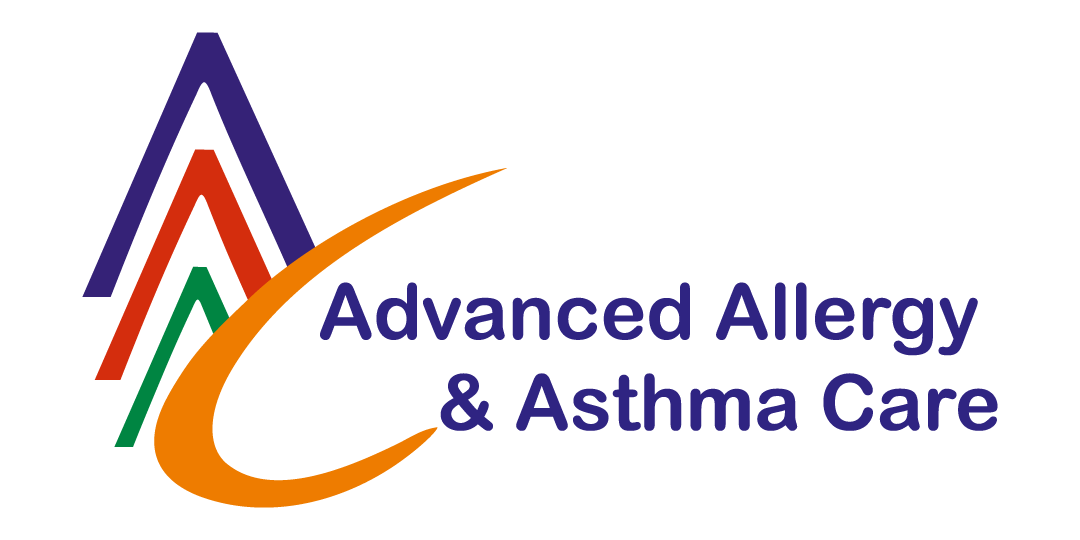INTRODUCTION TO ALLERGIES
Home > Introduction to Allergies

Sneezing is not always the symptom of a cold. Sometimes, it is an allergic reaction to something in the air. Health experts estimate that 35 million Americans suffer from upper respiratory tract symptoms that are allergic reactions to airborne allergens. Pollen allergy, commonly called hay fever, is one of the most common chronic diseases in the United States. Worldwide, airborne allergens cause the most problems for people with allergies. The respiratory symptoms of asthma, which affect approximately 11 million Americans, are often provoked by airborne allergens.
Overall, allergic diseases are among the major causes of illness and disability in the United States, affecting as many as 40 to 50 million Americans.
The National Institute of Allergy and Infectious Diseases (NIAID) of the National Institutes of Health (an agency of the U.S. Department of Health and Human Services) supports and conducts research on allergic diseases. The goals of this research are to provide a better understanding of the causes of allergy, to improve methods for diagnosing and treating allergic reactions, and eventually to prevent allergies.
Courtesy: National Institute of Allergy and Infectious Diseases

